- Home
- Articles
- Architectural Portfolio
- Architectral Presentation
- Inspirational Stories
- Architecture News
- Visualization
- BIM Industry
- Facade Design
- Parametric Design
- Career
- Landscape Architecture
- Construction
- Artificial Intelligence
- Sketching
- Design Softwares
- Diagrams
- Writing
- Architectural Tips
- Sustainability
- Courses
- Concept
- Technology
- History & Heritage
- Future of Architecture
- Guides & How-To
- Art & Culture
- Projects
- Interior Design
- Competitions
- Jobs
- Store
- Tools
- More
- Home
- Articles
- Architectural Portfolio
- Architectral Presentation
- Inspirational Stories
- Architecture News
- Visualization
- BIM Industry
- Facade Design
- Parametric Design
- Career
- Landscape Architecture
- Construction
- Artificial Intelligence
- Sketching
- Design Softwares
- Diagrams
- Writing
- Architectural Tips
- Sustainability
- Courses
- Concept
- Technology
- History & Heritage
- Future of Architecture
- Guides & How-To
- Art & Culture
- Projects
- Interior Design
- Competitions
- Jobs
- Store
- Tools
- More
How Does Grand Rapids’ Harsh Winter Weather Affect Your Roof’s Lifespan?
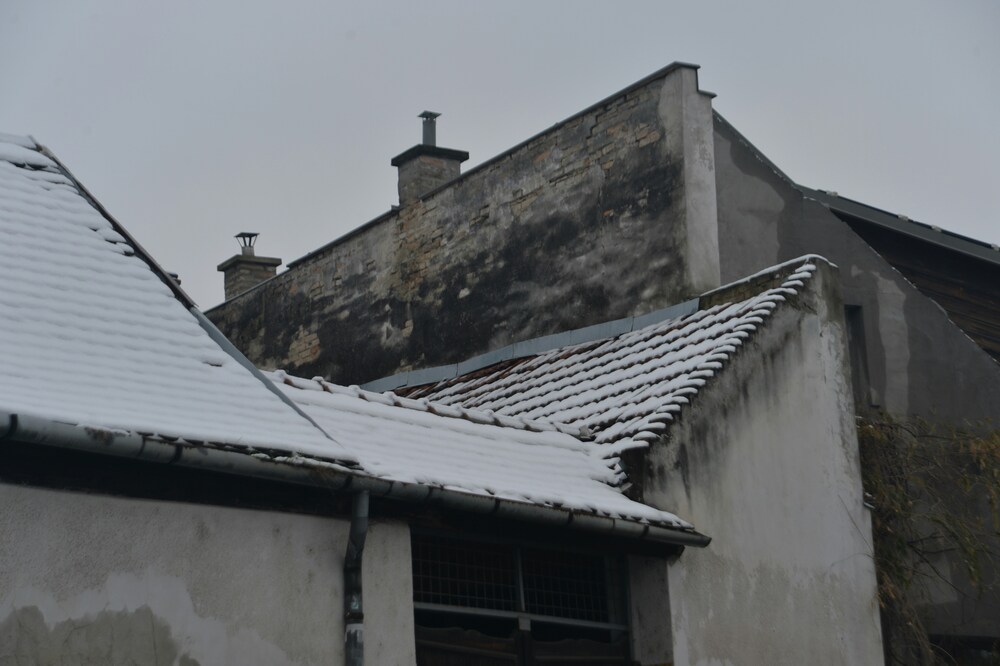
Grand Rapids faces some of the toughest winter weather in Michigan, and those long months of snow, ice, and freezing temperatures put steady pressure on every roof. Heavy snow loads, ice dams, and constant freeze-thaw cycles can weaken shingles, loosen flashing, and shorten a roof’s lifespan faster than many homeowners expect. In Grand Rapids, harsh winter conditions can cut a roof’s life by several years if maintenance and repairs are delayed.
Each storm season tests the roof’s ability to protect the home from moisture and structural stress. As snow melts and refreezes, water can slip under shingles and cause hidden leaks or rot. Ice buildup along the eaves also traps moisture, which leads to sagging areas or damaged gutters. These small issues often go unnoticed until major repairs become unavoidable.
Understanding how winter affects a roof helps homeowners prevent costly damage before it spreads. The next sections explain how local weather patterns impact roof materials, what warning signs to watch for, and which steps extend a roof’s life through Michigan’s unpredictable seasons.
Table of Contents
ToggleDirect Impacts of Grand Rapids’ Winter Weather on Roof Lifespan
Cold temperatures, snow, and ice cause different types of roof wear in Grand Rapids. Constant freezing, melting, and refreezing shorten a roof’s life, weaken materials, and increase the need for timely upkeep.
Freeze-Thaw Cycles and Temperature Swings
Water that seeps into small cracks expands as it freezes, forcing gaps wider each time temperatures drop below freezing. This repeated cycle weakens shingles, flashing, and seals. Asphalt shingles and metal roofs often show early signs of cracking or separation after several winters of this stress.
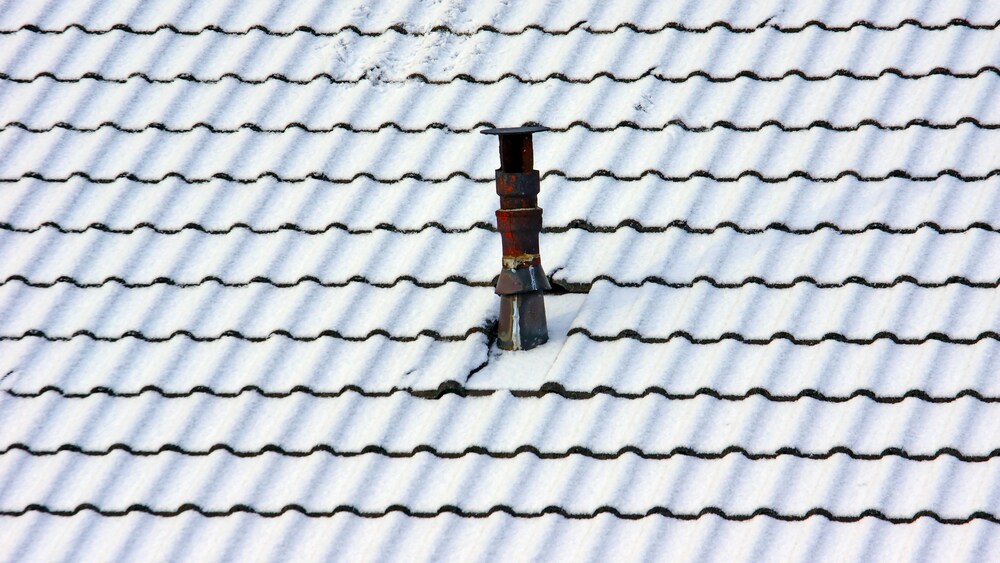
Temperature swings from day to night also strain roofing materials. Rapid shifts between freezing and above-freezing conditions cause expansion and contraction that break down adhesives and fasteners. Over time, this leads to leaks and loose materials that shorten the roof’s service life.
Homeowners who rely on professional roofing services in Grand Rapids can better protect their roofs from these seasonal challenges. Regular inspections before and after winter help detect early signs of damage, while replacing worn sealant and repairing small cracks early prevents larger structural issues later.
Ice Dams and Ice Buildup
Uneven roof temperatures cause snow to melt near the ridge and refreeze at the eaves. This ice barrier traps water behind it, forcing moisture under shingles and into the roof deck. Wood rot and insulation damage often follow if the problem remains unaddressed.
Poor attic insulation and ventilation make ice dams more likely. Warm indoor air rising into the attic melts snow unevenly, while cold edges promote ice formation. Adding insulation and improving airflow help maintain a consistent roof temperature that limits ice buildup.
Installing ice and water shields along the eaves also reduces the risk of leaks. These barriers block melted water from seeping into the structure beneath the shingles.
Heavy Snow Loads and Structural Stress
Grand Rapids often receives heavy snowfall that adds significant weight to roofs. Flat and low-slope roofs face the highest risk because snow tends to accumulate instead of sliding off. Excess weight can cause sagging, cracking, or even partial collapse in older or poorly supported structures.
Snow that melts and refreezes adds more stress as ice becomes denser and heavier. Roofs with blocked drainage or uneven slopes trap this weight, which weakens rafters and joints over time.
Clearing snow safely after major storms helps prevent damage. Professional roofers use tools that remove snow without scraping or tearing shingles, which protects the roof’s surface and structure.
Water Damage from Melting and Refreezing
Meltwater that cannot drain properly often seeps into seams, flashing, and underlayment. Once temperatures drop again, the refreezing water expands inside these spaces and widens gaps. This cycle allows more moisture to enter, creating leaks and mold growth inside the attic or ceiling.
Blocked gutters make the issue worse by trapping water along the roofline. Ice buildup in gutters adds extra weight and prevents proper drainage. Cleaning gutters before winter and checking downspouts reduce the chance of overflow and water intrusion.
Timely maintenance before the cold season helps limit these problems. Sealing vulnerable areas and checking drainage paths protect the roof from long-term moisture damage.
Key Roofing Vulnerabilities and Prevention Strategies
Grand Rapids’ cold winters, heavy snow, and freeze-thaw cycles can weaken roofs over time. Homeowners who understand how shingles, gutters, ventilation, insulation, and materials interact can reduce wear, prevent leaks, and extend the roof’s lifespan through regular upkeep and smart upgrades.
Shingle Damage: Curled and Missing Shingles
Cold weather, ice, and strong winds often cause curled or missing shingles. Curled shingles lose their seal, allowing water and ice to seep beneath them. Missing shingles expose the underlayment, which accelerates roof decay and increases the risk of leaks.
Homeowners should check for cracks, lifted edges, or bare spots after storms. Damaged shingles should be replaced quickly to prevent moisture from reaching the wood deck. Asphalt shingles usually last 20 to 25 years, but constant freeze-thaw stress can shorten that lifespan.
A local contractor can inspect the roof surface safely and match replacement shingles to the existing color and type. Regular attention to shingle condition helps maintain both appearance and protection.
Gutter Maintenance and Ice Prevention
Snow and ice often block gutters in Grand Rapids, forcing water back under the shingles. Ice dams form when heat from the attic melts snow, which then refreezes at the eaves. This buildup traps water and can cause leaks or warped fascia boards.
To avoid these problems, gutters must stay clear of leaves and debris. Cleaning them twice a year, in spring and fall, allows proper drainage. Downspouts should extend several feet from the foundation to keep water away from the home.
Homeowners can also use roof rakes to remove snow near the edges and install heated cables in problem areas. These steps reduce the chance of ice dams forming and help prevent costly water damage.
Ventilation and Attic Insulation
Proper ventilation and attic insulation keep roof temperatures more consistent, which reduces ice dam formation. Without airflow, warm indoor air rises and melts snow unevenly across the roof. The melted water then refreezes at the edges, creating thick ice ridges.
Balanced ventilation includes both intake vents near the soffits and exhaust vents near the ridge. This design allows air to move freely through the attic. Insulation helps keep indoor heat from escaping into the attic, lowering energy use and protecting the roof deck from moisture buildup.
A well-insulated attic also prevents condensation, which can rot wood or damage drywall. Together, ventilation and insulation protect the roof structure and improve indoor comfort.
Underlayment and Roofing System Choices
The underlayment acts as a secondary barrier beneath shingles. In Grand Rapids’ climate, water-resistant materials such as synthetic or rubberized asphalt underlayment offer strong defense against melting snow and wind-driven rain.
Homeowners should consider a complete roofing system that includes proper flashing, drip edges, and ice shields along eaves and valleys. These layers work together to block moisture and direct water safely off the roof.
Metal roofing and architectural shingles both perform well in snowy conditions. Metal sheds snow easily, while thicker shingles resist cracking and curling. Choosing materials rated for cold-weather performance helps the roof last longer and require fewer repairs.
Roof Inspection and Maintenance for Longevity
Regular roof inspections help identify small issues before they turn into major repairs. Twice-yearly checks—once in spring and again in fall—allow homeowners to spot loose flashing, cracked shingles, or clogged vents early.
A professional inspection can reveal hidden problems such as soft spots in the decking or water stains in the attic. Addressing these signs right away prevents leaks and structural damage. Homeowners should also clear debris after storms and check for sagging areas.

Simple steps like replacing worn sealant, tightening fasteners, and cleaning gutters extend the roof’s service life. Consistent maintenance costs far less than major repairs or full replacement.
Energy Efficiency Considerations
A well-maintained roof contributes to energy efficiency throughout the home. Proper insulation reduces heat loss, while reflective shingles or light-colored materials minimize heat absorption in summer. This balance keeps indoor temperatures steady and lowers heating and cooling costs.
Sealing gaps around vents and chimneys prevents warm air from escaping. In winter, this helps maintain even temperatures across the roof surface, reducing the chance of ice dams. In summer, it keeps attics cooler and less humid.
Energy-efficient roofing materials, combined with good ventilation, improve comfort and reduce strain on HVAC systems. Over time, these upgrades help homeowners save money and protect their roofs from seasonal stress.
Conclusion
Grand Rapids’ cold winters place extra stress on every part of a roof. Snow, ice, and freezing temperatures cause materials to contract, crack, or loosen, which shortens their lifespan.
Proper attic insulation and ventilation help reduce ice dams and moisture buildup. Regular inspections before and after winter also help detect small issues before they lead to leaks or structural strain.
Homeowners who maintain gutters, remove heavy snow, and repair damaged shingles protect their roofs from early wear. As a result, steady upkeep throughout the year extends roof life and keeps homes safer through harsh weather.
illustrarch is your daily dose of architecture. Leading community designed for all lovers of illustration and #drawing.
Submit your architectural projects
Follow these steps for submission your project. Submission FormLatest Posts
Common Disputes Handled by Estate Litigation Lawyers
According to the 2025 issue of the American Bar Association’s “Probate &...
Modern Japanese Architecture: Tradition Rewired for the Present
Modern Japanese architecture explained: how tradition meets innovation in light, nature, materials,...
The Purpose of a Living Will and Why It Matters
A living will is without a doubt one of the most significant...
How Modern Bridges Balance Aesthetics and Engineering
How modern bridges balance aesthetics and engineering: explore form-driven systems, case studies,...


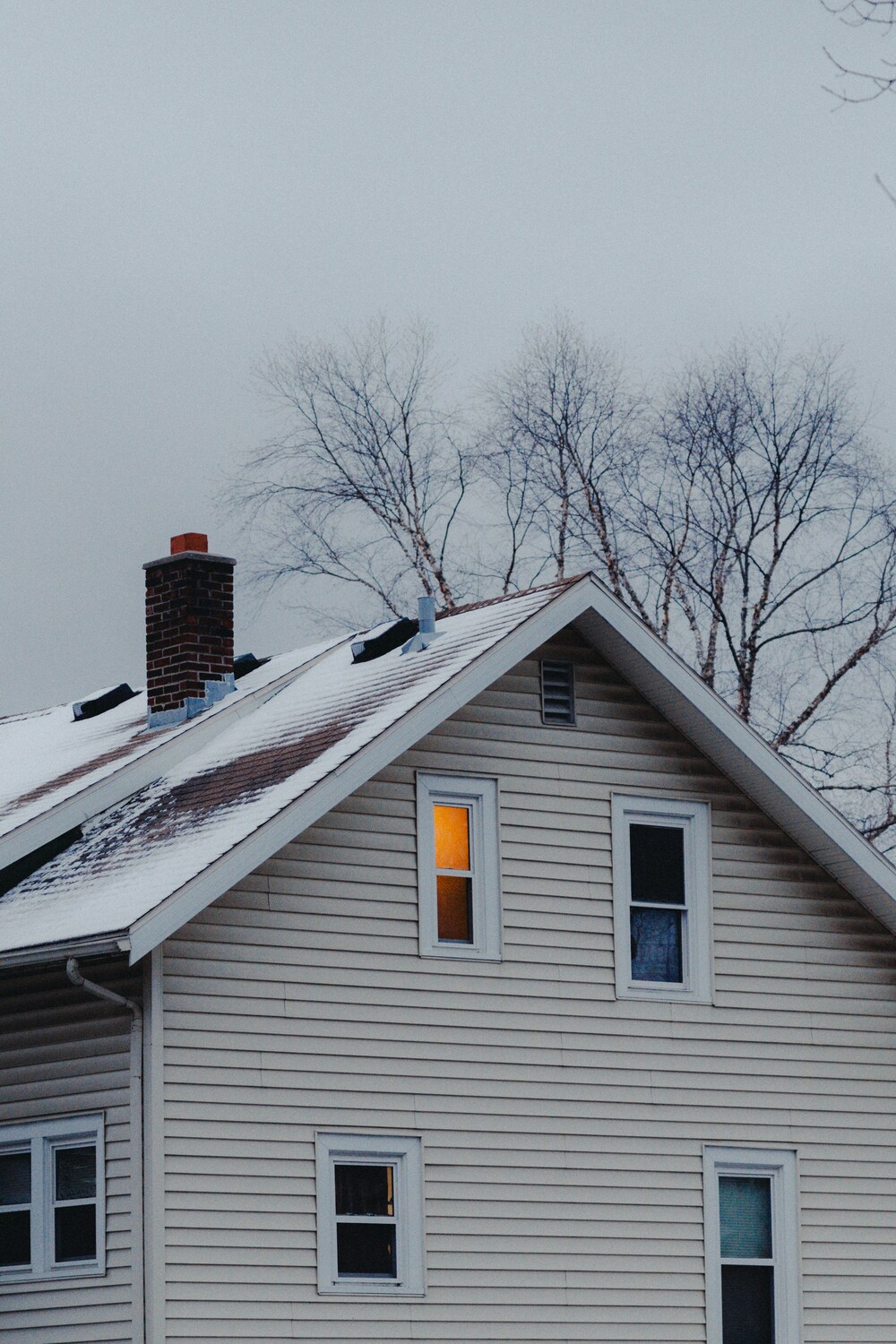

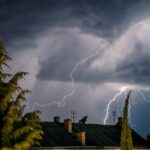


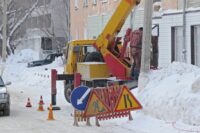

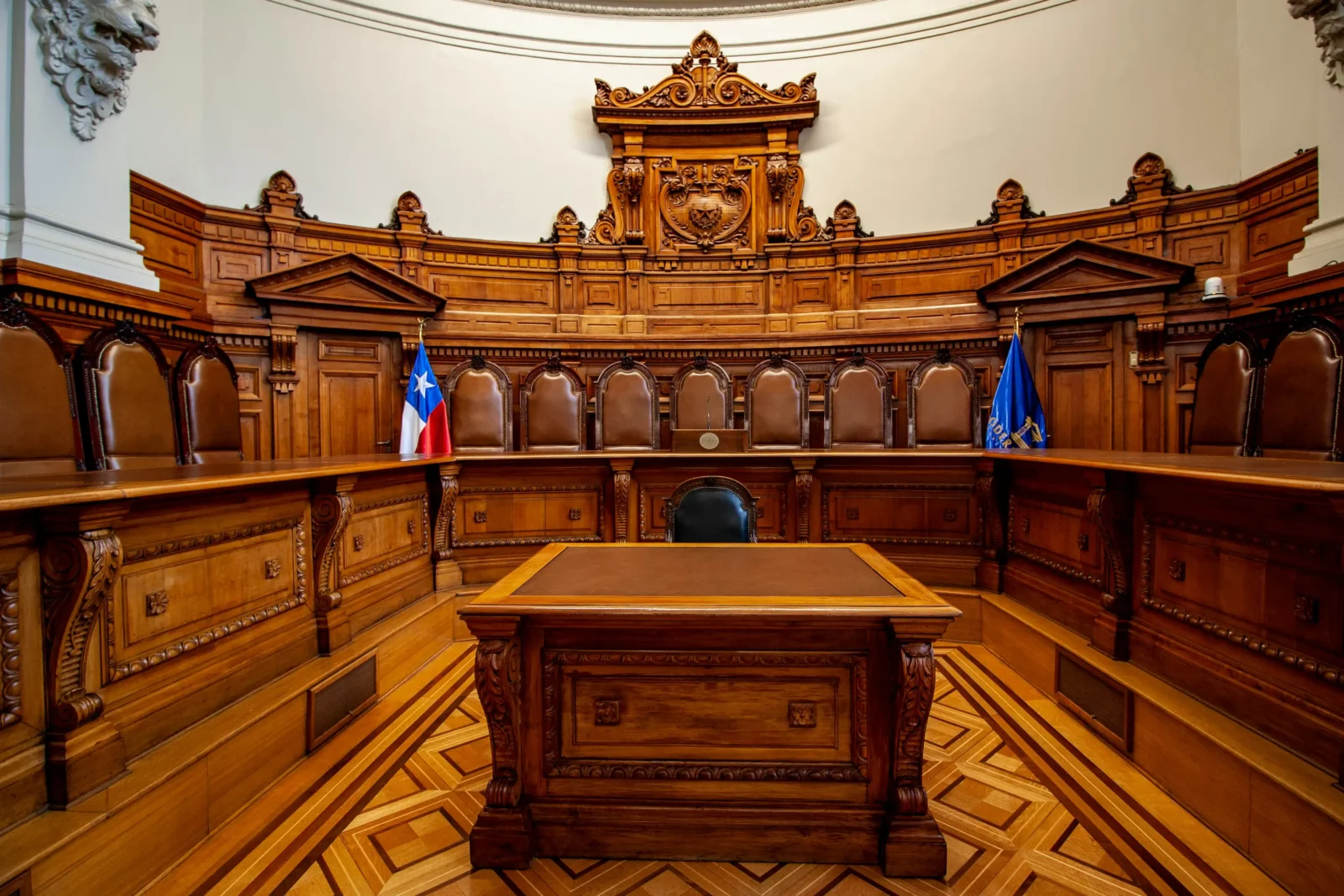
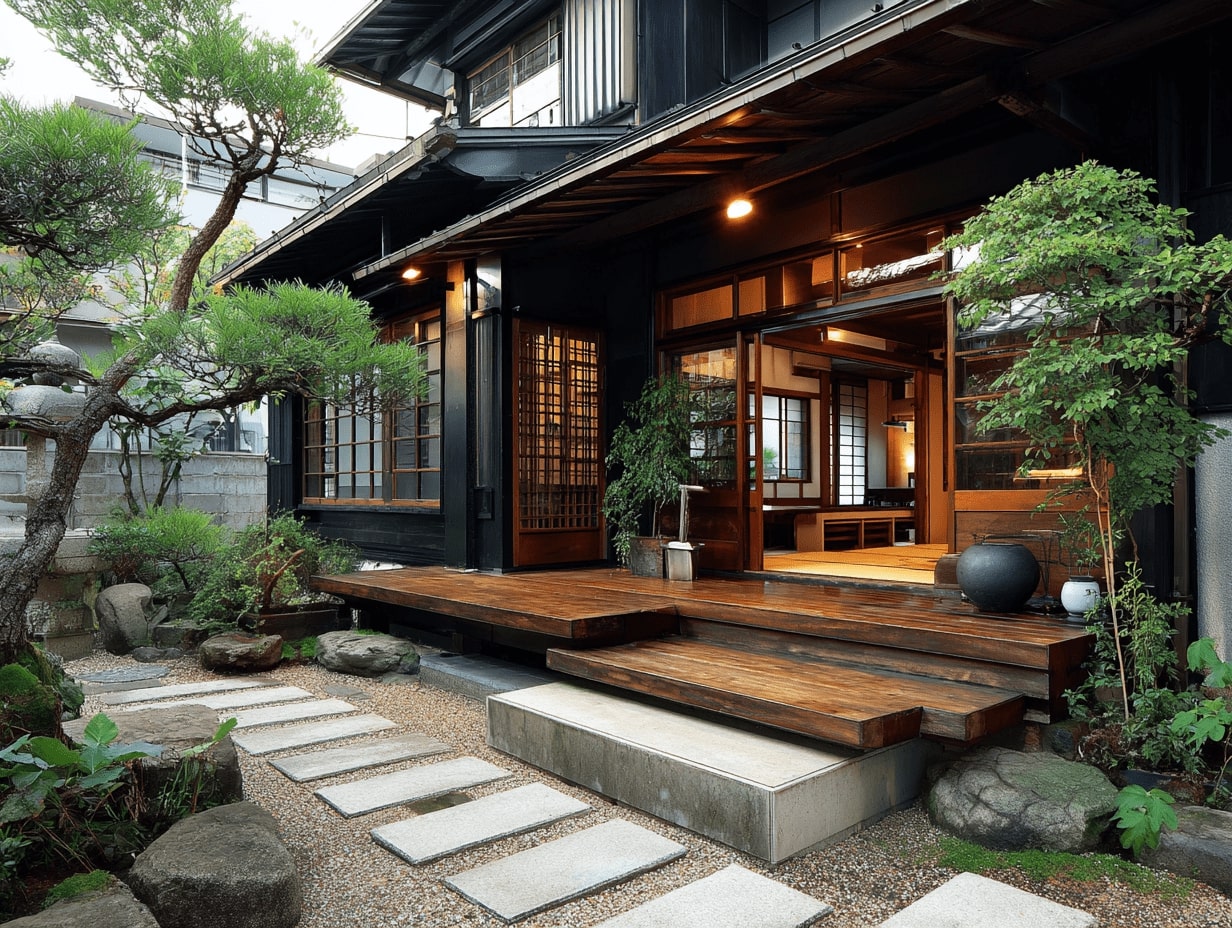
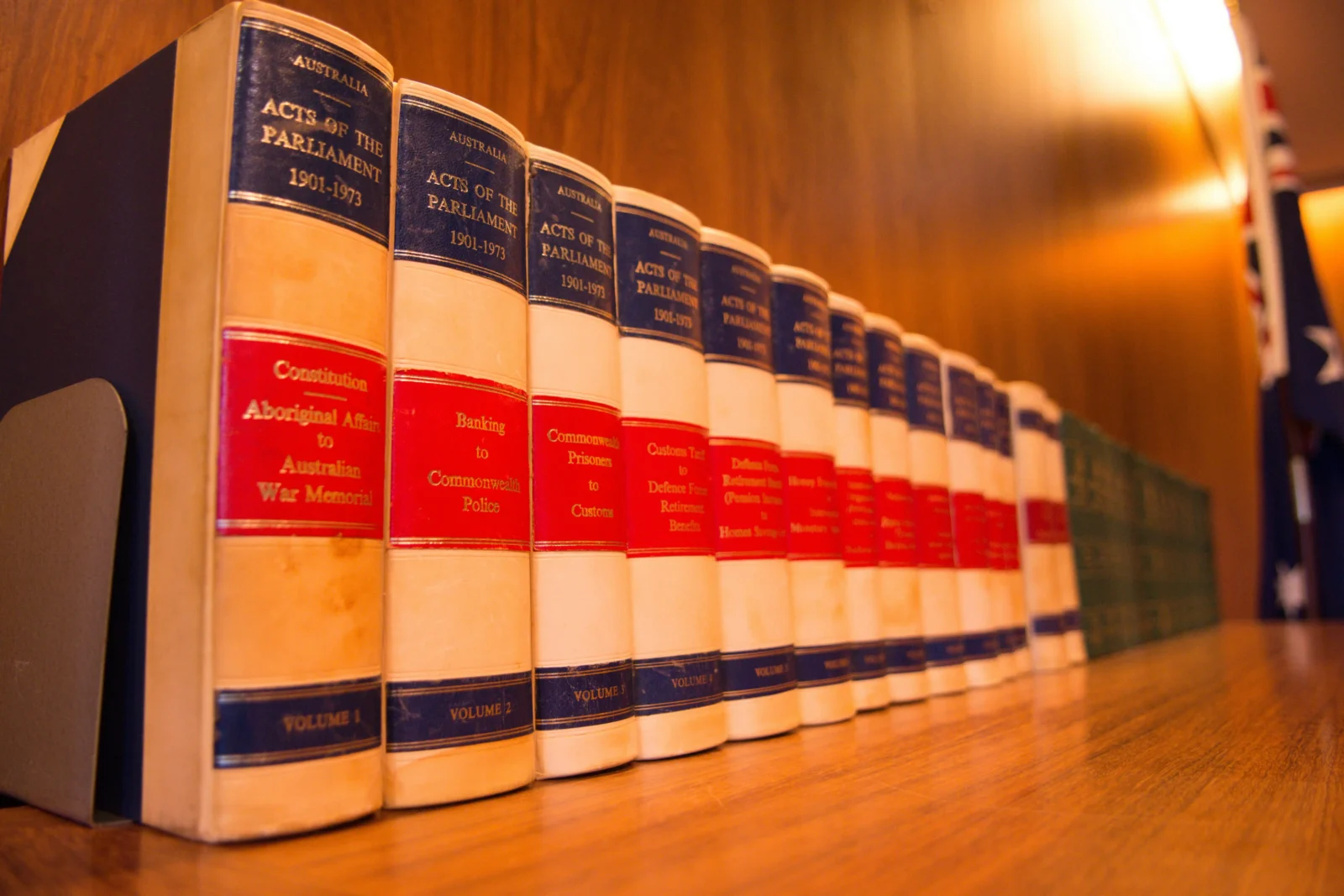

Leave a comment